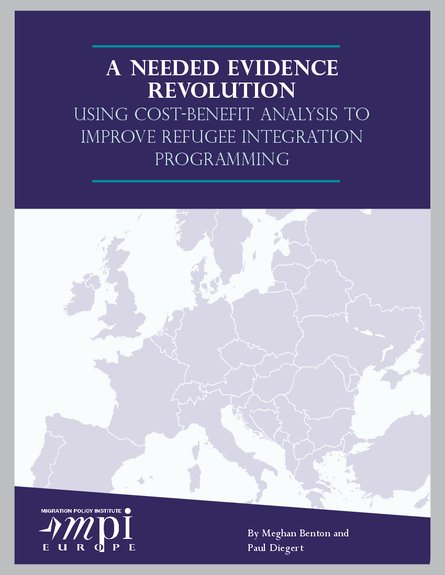
Across Western Europe, governments have stepped up their investments in programs that aim to help recently arrived refugees find work and settle into their new communities. But it is often unclear what types of programs yield the best results. It may take years or even generations for the full effects of integration initiatives to be felt, yet the limited evaluations that do exist generally focus on a more narrow set of short-term, economic outcomes (such as employment rates).
As a result, “decision-making in integration policy is often based on political pressure, the desire to ‘do something,’ or a change of administration,” the authors of this report conclude. Considerably more robust evidence is needed if policymakers are to navigate question such as: Is it better for newcomers to enter work quickly or to first spend time and money developing skills valued in local labor markets?
The report proposes a new framework for thinking about and making smart decisions about integration programming. It outlines how policymakers can use cost-benefit analysis, a tool often employed by economists, to calculate the broader social value of labor-market integration investments. This type of analysis has proven valuable in other fields—such as health, criminal justice, and education—where the effects of investments unfold over a similarly long timeframe. And in the integration arena, it offers ways to look beyond financial benefits to explore how programs may affect, for example, the second generation as parents build skills and find higher-paid work, which down the road may improve their children’s educational outcomes and lifetime earnings.
In light of the flurry of interest the 2015–16 migration crisis generated among stakeholders eager to contribute, the report also recommends ways governments can productively work with think tanks, foundations, academics, and civil society to improve program evaluations and research in this area—steps that will improve the robustness of cost-benefit analyses and maximize the impact of integration programming.